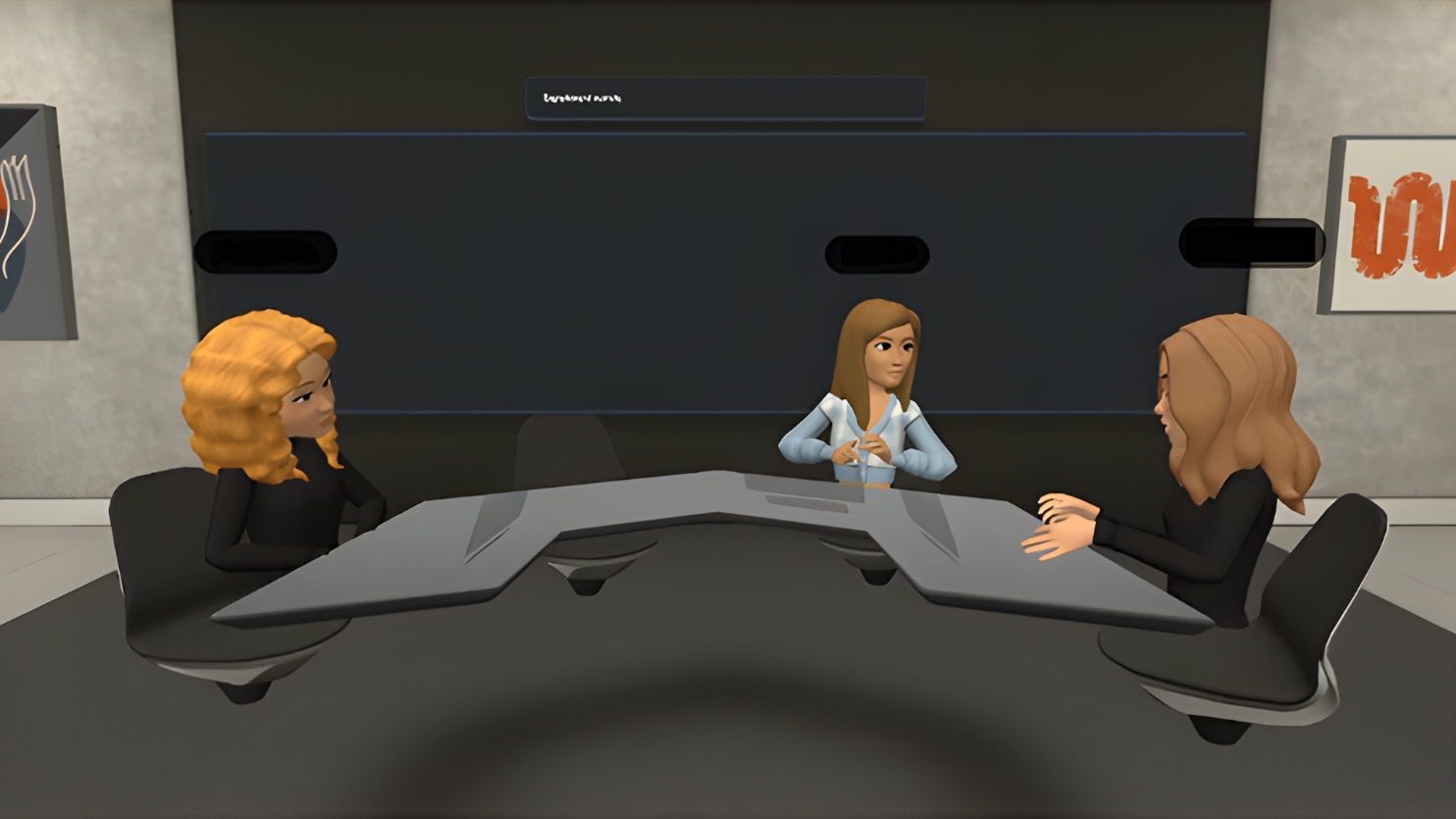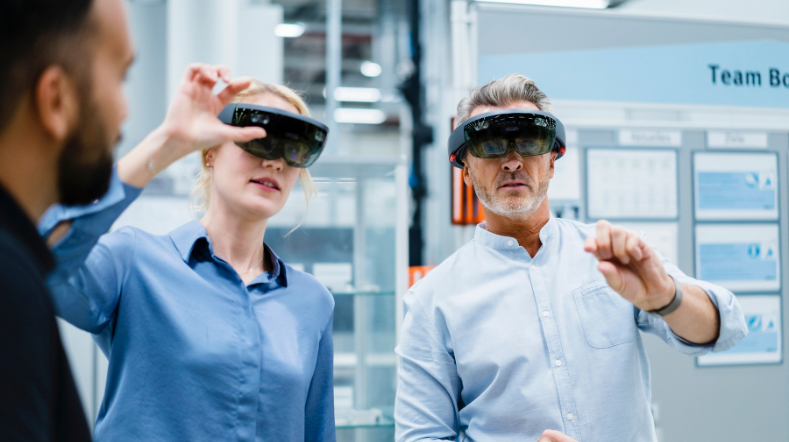Meeting in virtual environment increases engagement and concentration
Meeting in a virtual 3D environment provides more involvement and better concentration than online video meetings. In addition, it is more pleasant than physical meetings. However, the technology needs to become more accessible before companies will widely adopt it. This is a result from TNO research into various meeting formats, namely via online video, physically or virtually via Social XR (eXtended Reality).
Remote social interaction
Since the coronavirus pandemic, many people have been working remotely. Besides advantages such as better work-life balance, this has also brought disadvantages. For example, research shows that online video conferencing can lead to increased fatigue, depression and loneliness because of the lack of social interaction. TNO has now examined meeting in different conditions: physically on location, via online video, and via Social XR.
eXtended Reality (XR) is the collection of technologies that allow individuals to meet remotely in 3D. Both virtual reality (VR) and augmented reality (AR) fall within this collection.
Social XR refers to XR-based applications and platforms that enable multiple individuals to share, communicate and collaborate.
Previous small-scale TNO pilots already showed the potential of applying Social XR to facilitate remote social interaction.
TNO's current research consisted of two phases:
- In the first phase, participants' experiences were measured in a lab.
- Then the experiences of another group of participants were measured in their work environment, such as at a newspaper editorial department and a health and safety service.
Higher engagement and better concentration
The results showed that there was no difference in effectiveness between the different meeting formats. Participants were given the task of reaching different decisions in a negotiation scenario and accomplished them in each form.
Participants did rate Social XR meetings as more enjoyable than physical and video meetings. With features such as more easily requesting attention by raising your hand, Social XR meetings ran more smoothly than video meetings.
Participants also reported higher levels of concentration in Social XR meetings, as they experienced fewer distractions and higher levels of engagement than video meetings. All participants in a meeting are always visible through an avatar, but in video conferencing, people can turn off their camera and/or microphone and then get out of view.
The situation where you always see everyone has similarities to physical on-site meetings. During video meetings, people are more likely to get distracted and perform other tasks, such as reading their e-mail in the background.

Expensive and unprofessional avatar
Much remains to be done, however, before Social XR technology is widely used for meetings. For example, the digital representation of participants, known as avatars, in the virtual 3D environment was mostly judged as not professional and realistic enough.
In addition, exchanging, or looking at documents together in Social XR is perceived as complicated, and less accessible than in existing video meeting applications or in a physical meeting. Also, much of the currently available Social XR hardware, such as VR glasses, is still seen as too expensive to be widely used.
Finally, several challenges remain in the areas of privacy and data protection.
Funding by Meta
TNO received a Research Grant from the Meta 'XR Programs and Research Fund' for its research on the meeting application of Social XR in the workplace. Meta herself was not involved in the design and execution of the research.
The results of the research are expected to be published in the fall in the form of two scientific papers by Frontiers, a major publisher of open scientific research.
Want to read more about the results of the study?
Get inspired
Are Virtual Reality meetings effective?


What role will VR and immersive technologies play in the future of work?


Discover hybrid working 2.0: virtual meetings in the metaverse


TNO receives Research Grant from Meta for Social eXtended Reality (XR) study


Social XR (eXtended reality)



